
LIFE proclaimed it “one of the world’s foremost colonies of displaced persons.” Its denizens, the magazine said, were a peculiar people who loved adventure, yet preferred “their own way of life.” They spoke their mother tongue among themselves, but sometimes fractured the local language with such abandon that natives risked being “startled by a bilingual ‘Wow, quel babe!'” In fact, locals thought this boisterous clan was “a little crazy,” in large part because they drank “so many Cokes.” The mad colonists were members of that most exotic of tribes: American teenagers. Numbering about 150, they had been transported to France mostly thanks to their fathers’ jobs.
When LIFE dispatched Gordon Parks, a rising star among its staff photographers, to document the tribe’s rites and rituals in the early 1950s, teenagers were still a new and somewhat puzzling phenomenon. Earlier generations of human beings had not, of course, skipped the ages between 12 and 20. But few societies had recognized an intermediate step between childhood and adulthood. “Teenage” was an idea that emerged slowly in the late nineteenth and early twentieth centuries as child labor declined, schooling lengthened and marriage came later and later. The very word entered common speech only in the 1940s. In 1952, when LIFE ran its story on the young Yanks of Paris, it was still spelling “teen-ager” with a hyphen.
Parks’ photographs captured the sports, gossiping and parties that made up a large part of the teenagers’ daily lives. Many captured them in the Paris of the American imagination—on a streetcar in front of the Arc de Triomphe, at a sidewalk café on the Champs-Élysées and in the jazz club that occupied the “shadowy cellar” of the Théâtre du Vieux-Colombier.
The portraits that Parks made of the youth were miniature character studies. In all of the photographs, Parks’ presence is undetectable. It was as if his pictures made themselves. Readers could easily believe that they were privy to the teenagers’ most private moments.
LIFE’s sly, knowing text (the reporter was not named) pretended to reassure readers that Paris had not corrupted the teenagers by turning them into young Frenchmen and -women:
Neither boys nor girls think much of frogs’ legs, but they know every place in Paris that makes hamburgers and hot dogs and, while having a snack at a sidewalk café, are inclined to dream of the corner drugstore.
Among many cliques in Paris teen-age society, the best known is a group of girls, 15 to 18 years old, who named themselves the ‘Horrible Six’ when they got together early in the 1950 school term. They have a strict code of dress … Sloppy shoes are not tolerated, bobby sox are taboo. Girls must diet if dumpy, and chipped nail polish is forbidden.
By every girl’s admission, the goal is to keep the dates coming in Paris, build charm for college years in the U.S. and ultimately lead to a nice, home-grown marriage to the right man. Right now the girls don’t think that he’ll be a Frenchman.
Parks went on to become one of LIFE’s most celebrated photographers. His claim to greatness as a photographer rests on the many photo essays that he produced on the pressing issues of poverty and injustice. But Parks, like the magazine he worked for, had many sides. He loved the trappings of success—the travel, the nearly unlimited expense account and the salary that catapulted him into the upper middle class. Like all of LIFE’s photographers, he could produce compelling pictures of hard news in the morning, and light-hearted frivolities in the afternoon.
The years that Parks spent in Paris were a turning point in his life. He was one of many African-Americans, from writers and musicians to cabbies and cooks, who experienced a freedom in the city that they had never found in the United States. He described this critical period in his 1990 memoir, Voices in the Mirror:
I needed Paris. It was a feast, a grand carnival of imagery, and immediately everything good there seemed to offer sublimation to those inner desires that had for so long been hampered by racism back in America. For the first time in my life I was relaxing from tension and pressure. My thoughts, continually rampaging against racial conditions, were suddenly becoming as peaceful as snowflakes. Slowly a curtain was dropping between me and those soiled years.
“I was moving through centuries of history, and not unaware of the possibility of its help in shaping my future. Being a part of it was like feeling at once young and old.”
Liz Ronk, who edited this gallery, is the Photo Editor for LIFE.com. Follow her on Twitter at @LizabethRonk.
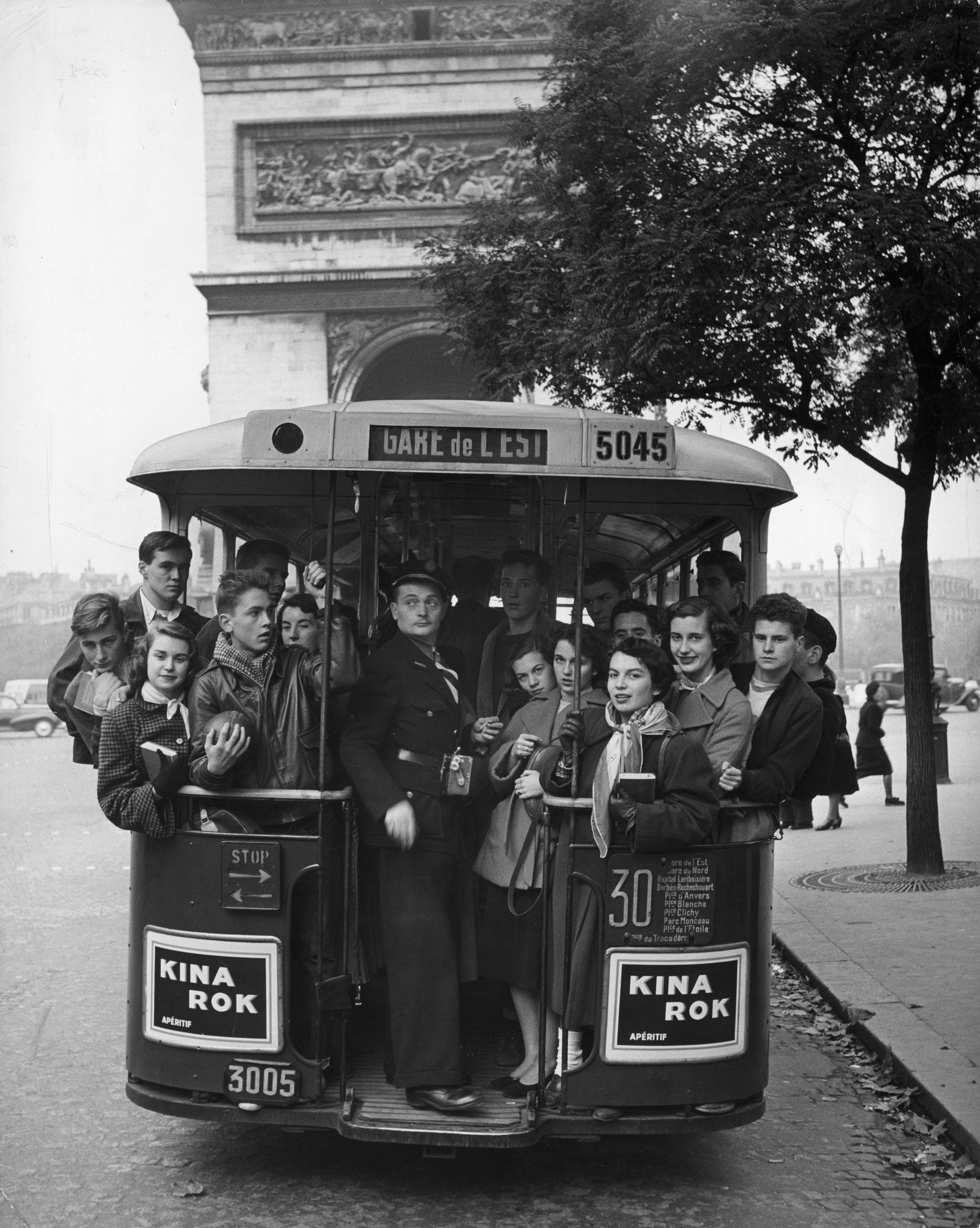
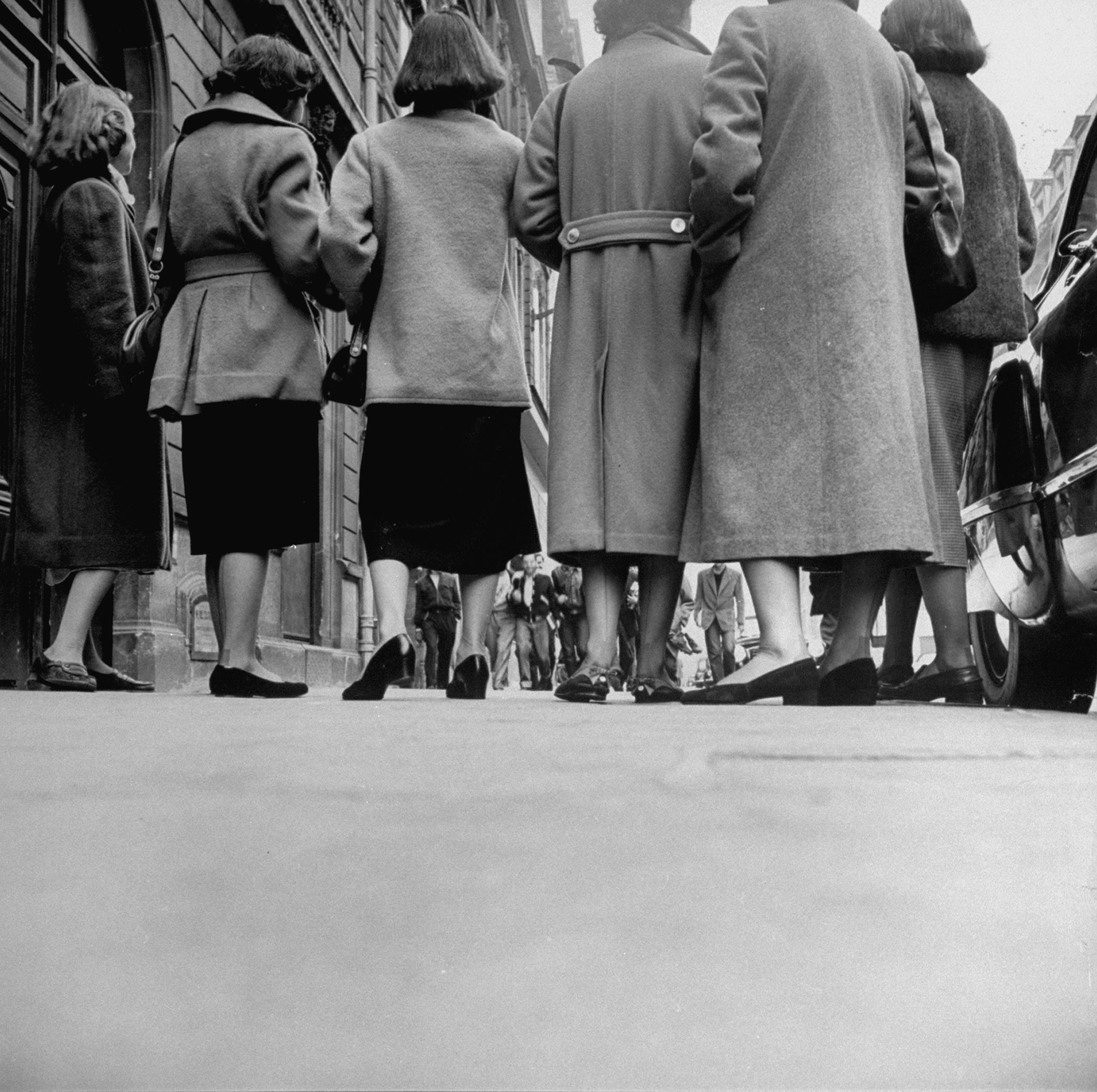



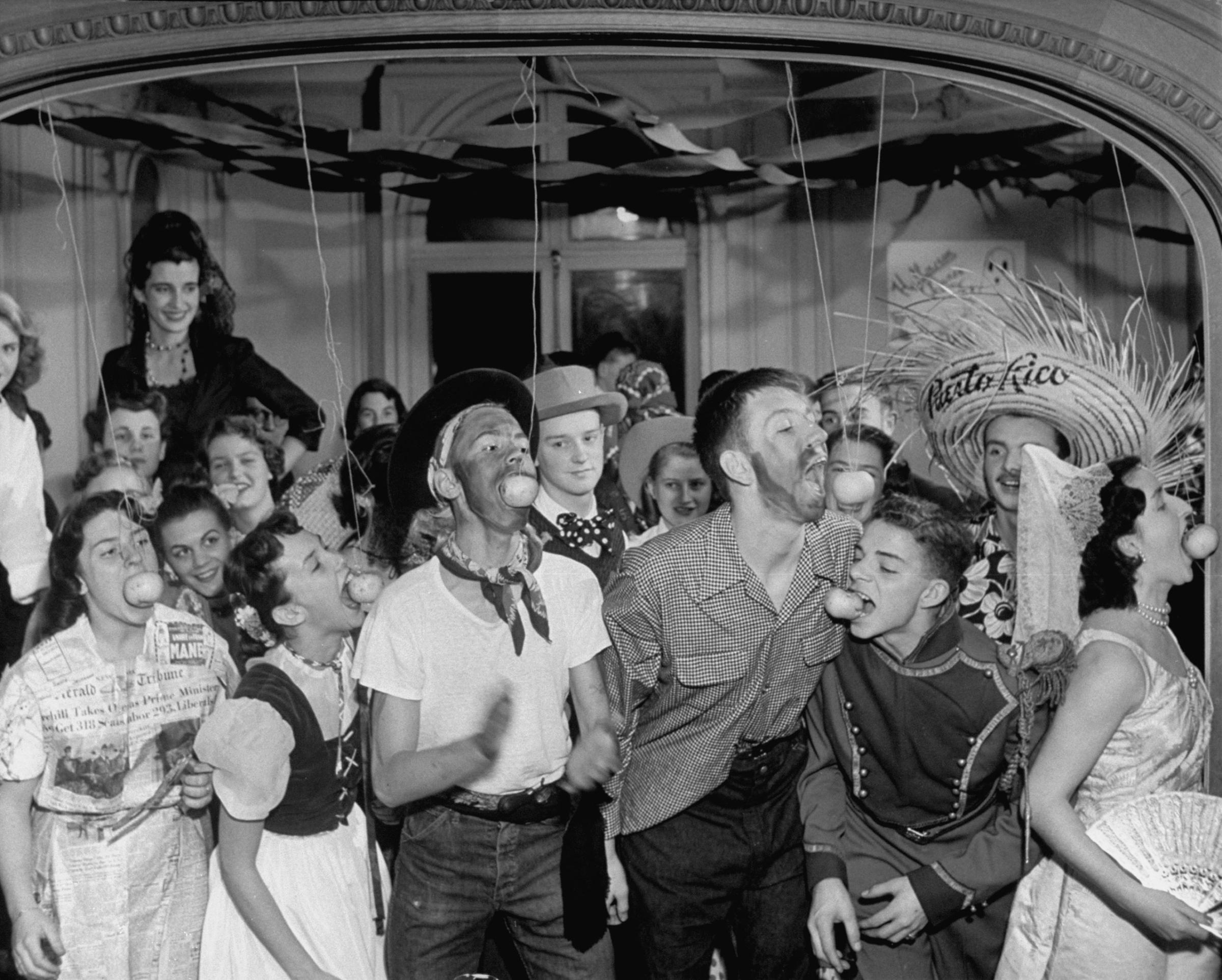
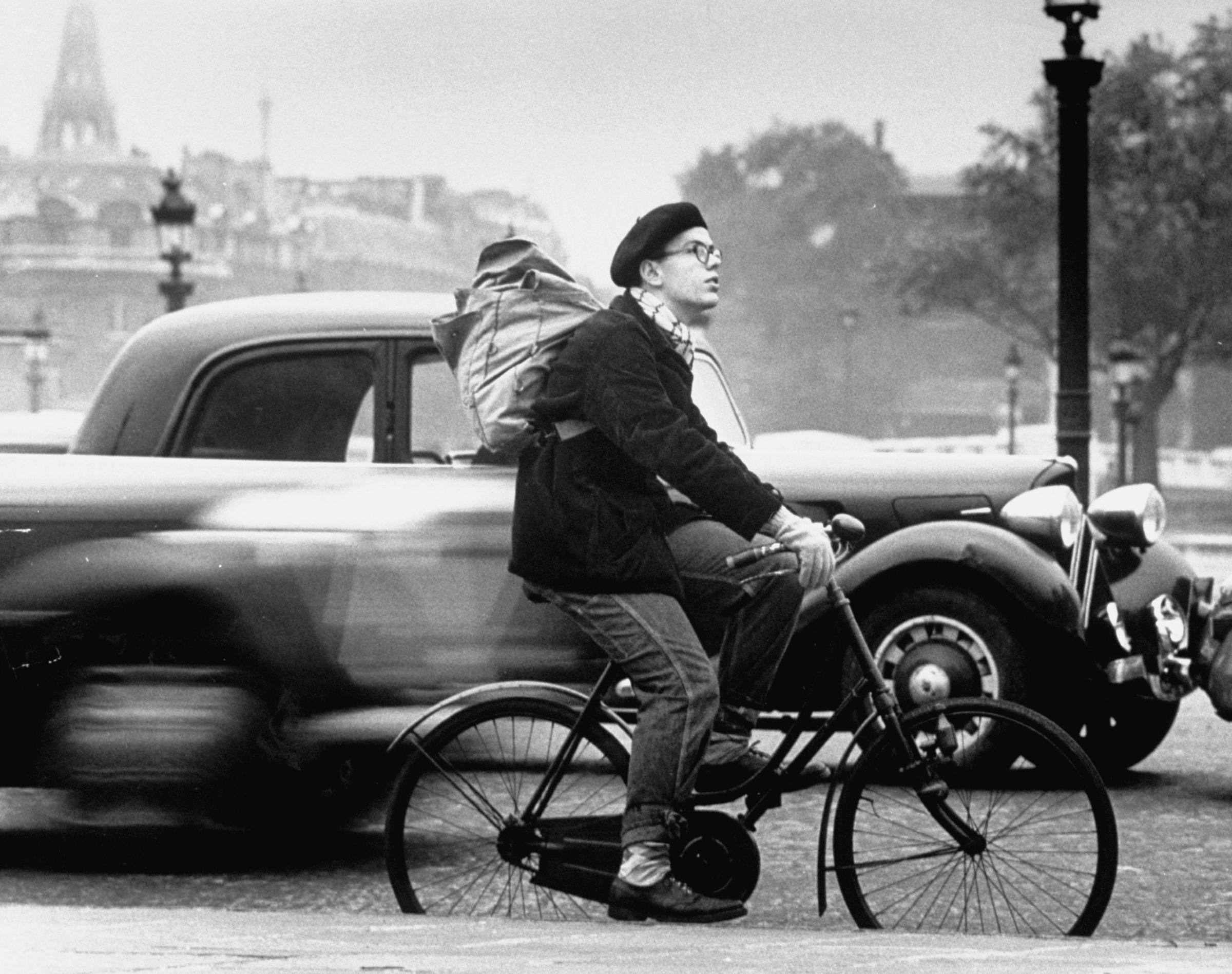

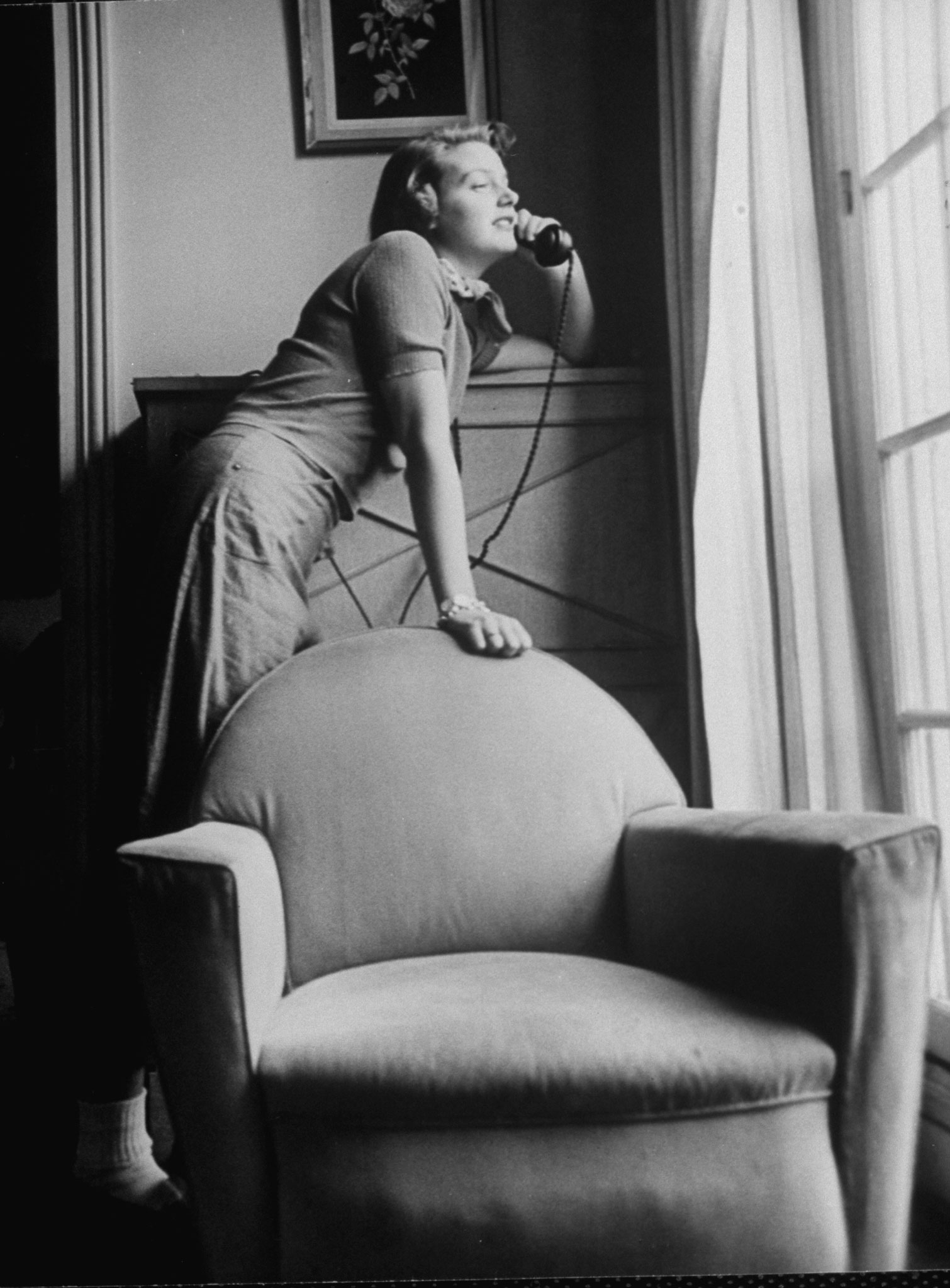


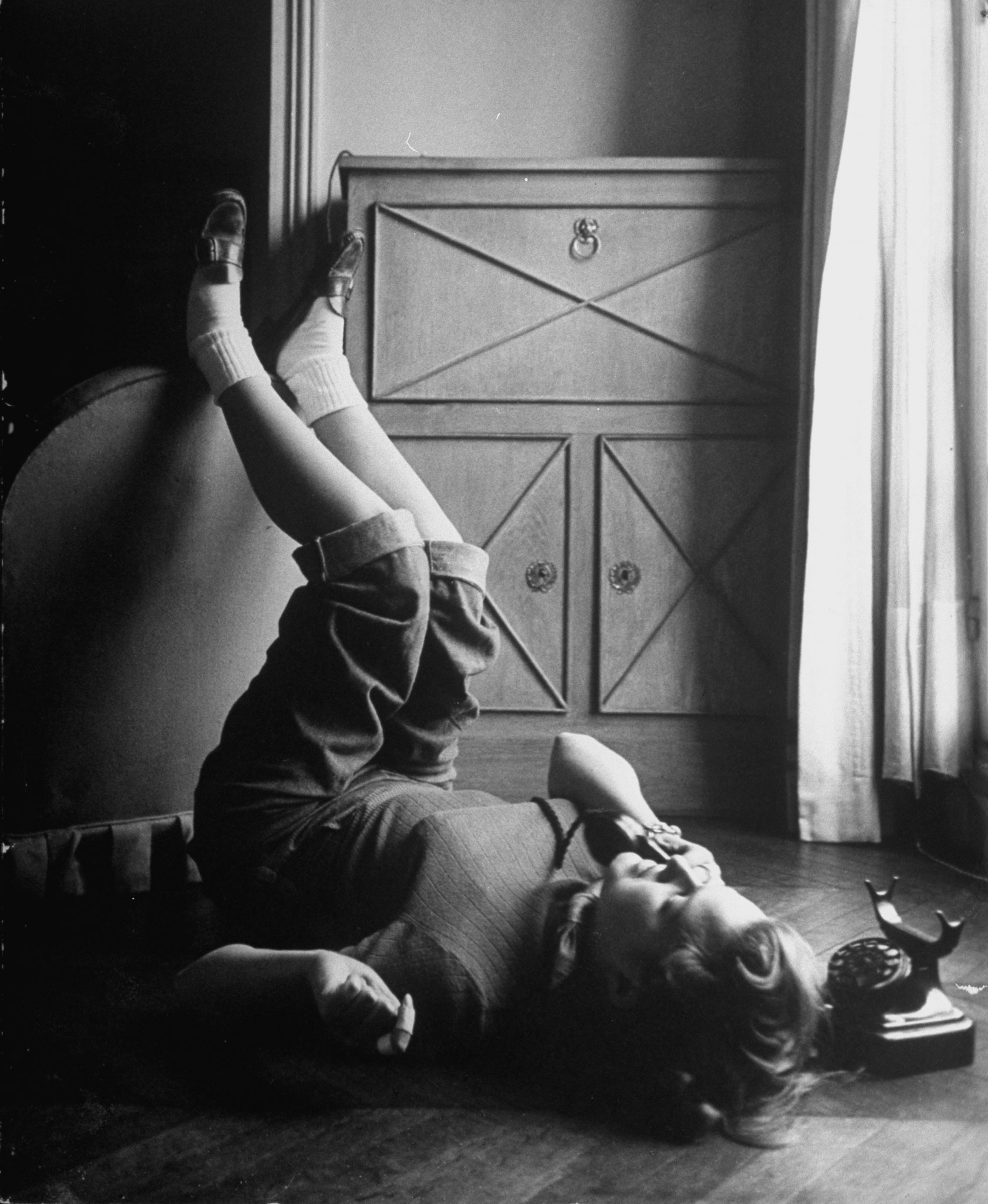

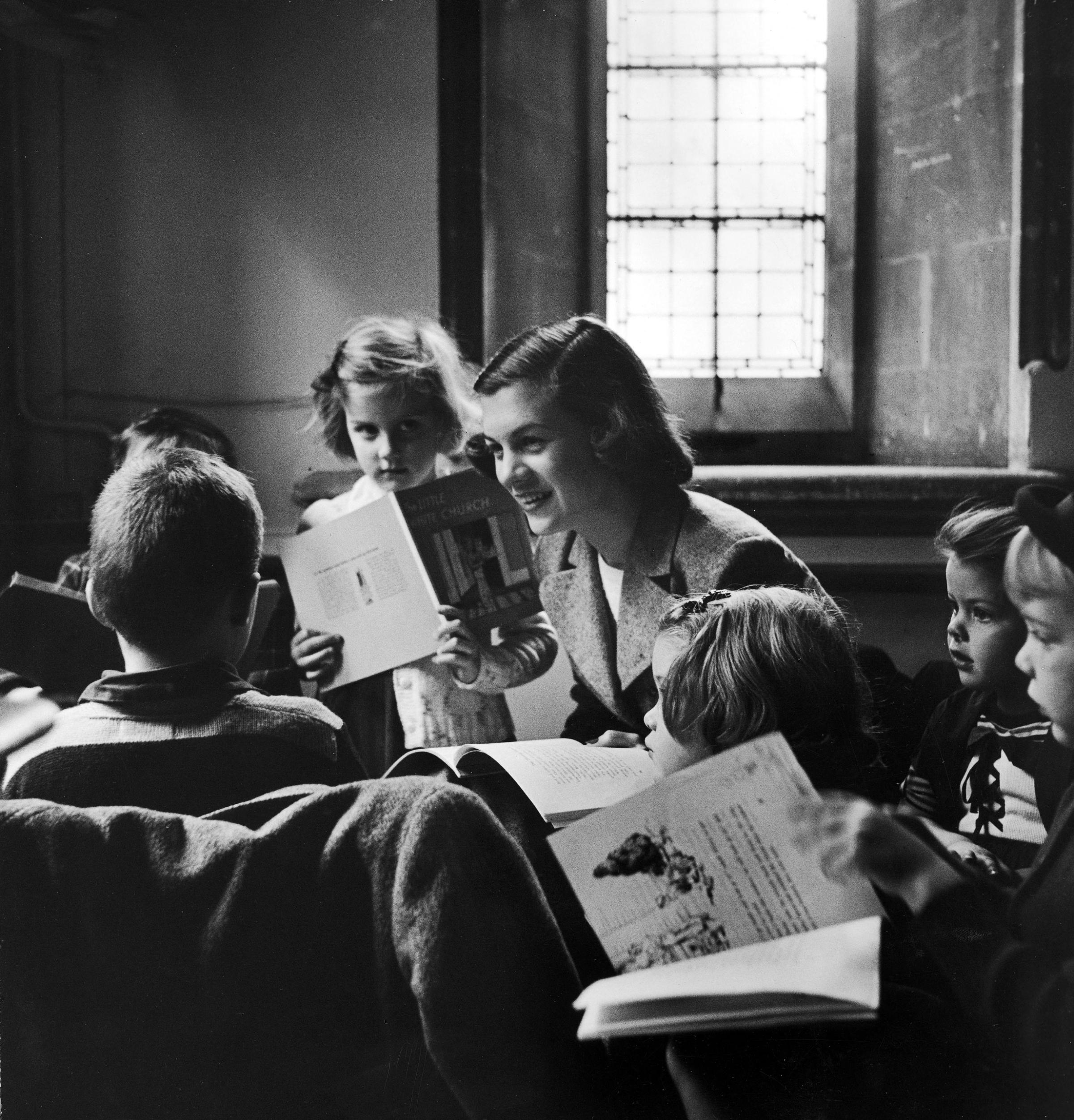
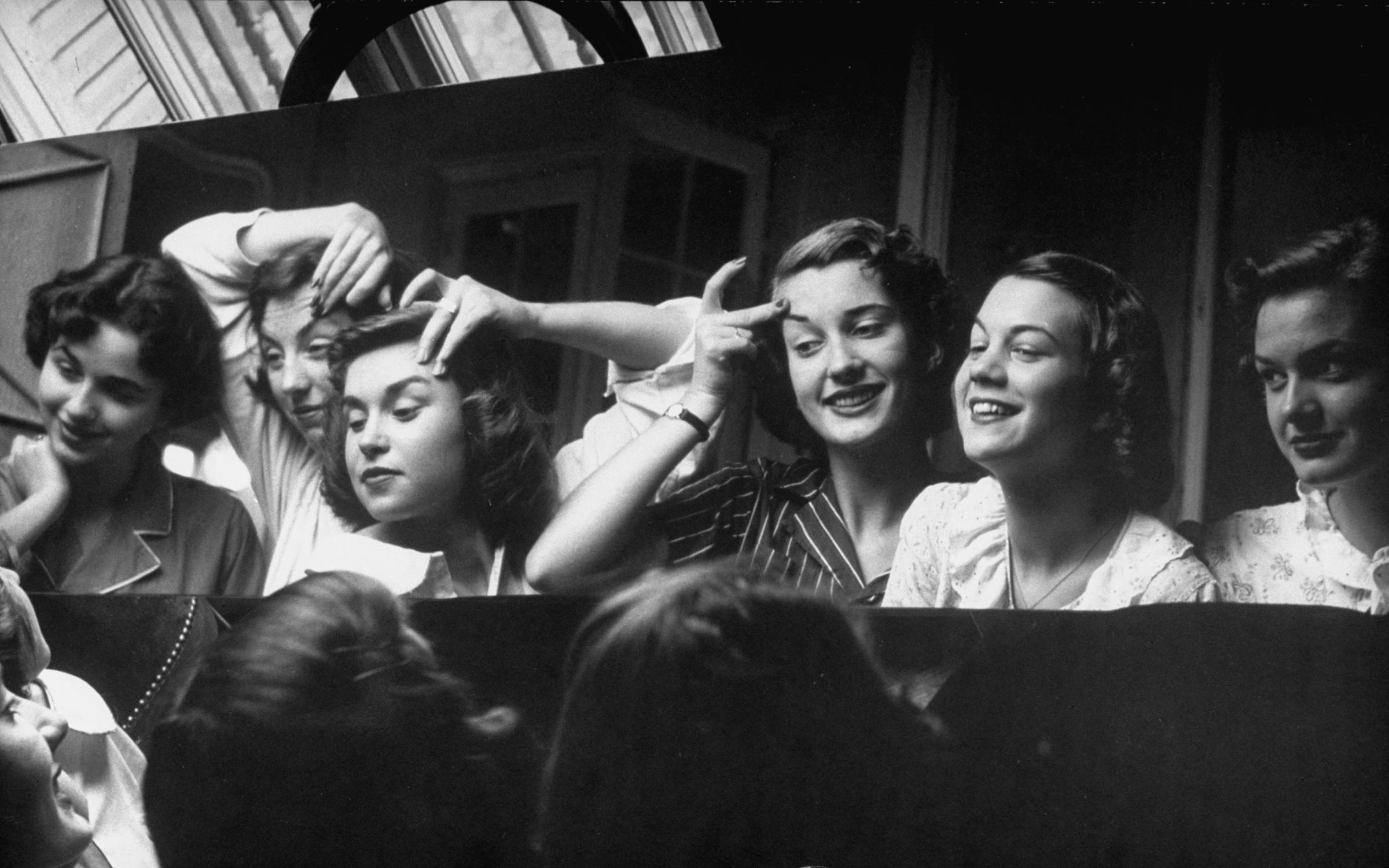

More Must-Reads From TIME
- The 100 Most Influential People of 2024
- The Revolution of Yulia Navalnaya
- 6 Compliments That Land Every Time
- What's the Deal With the Bitcoin Halving?
- If You're Dating Right Now , You're Brave: Column
- The AI That Could Heal a Divided Internet
- Fallout Is a Brilliant Model for the Future of Video Game Adaptations
- Want Weekly Recs on What to Watch, Read, and More? Sign Up for Worth Your Time
Contact us at letters@time.com